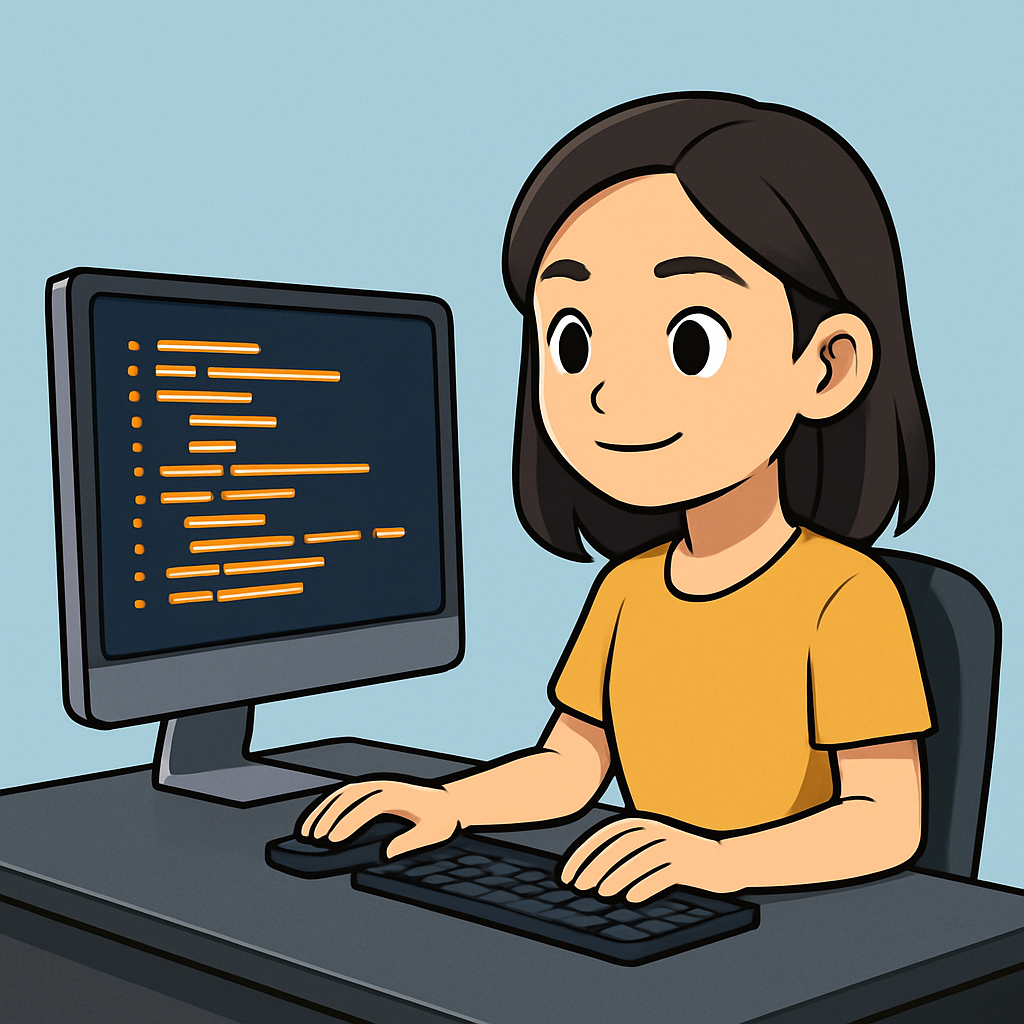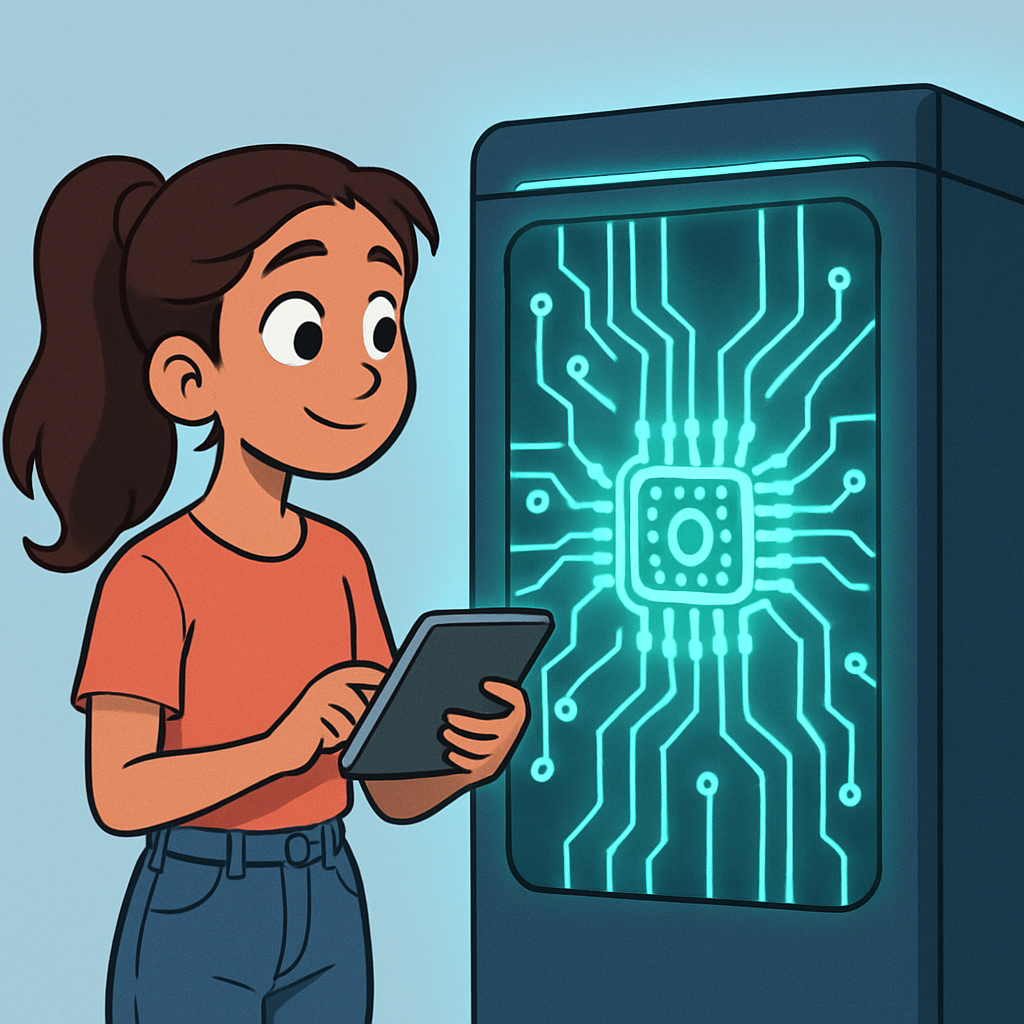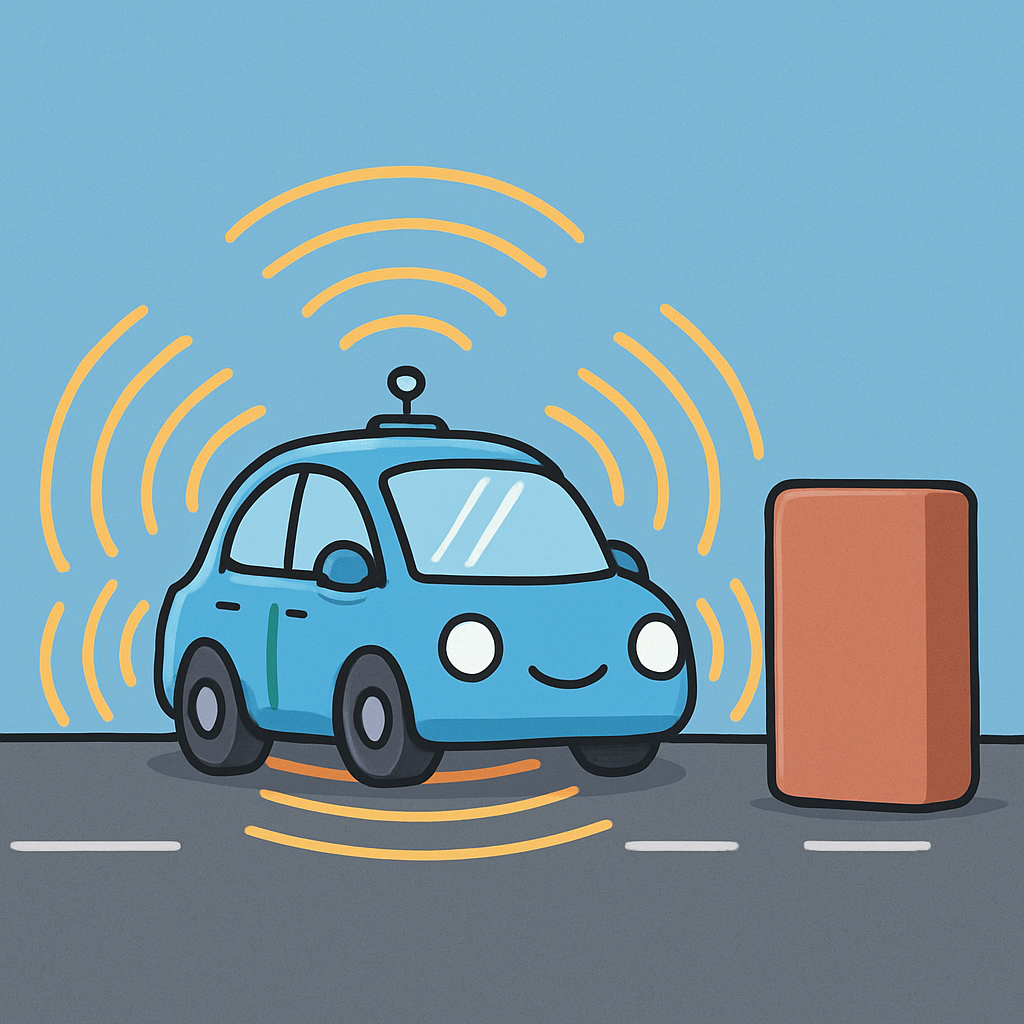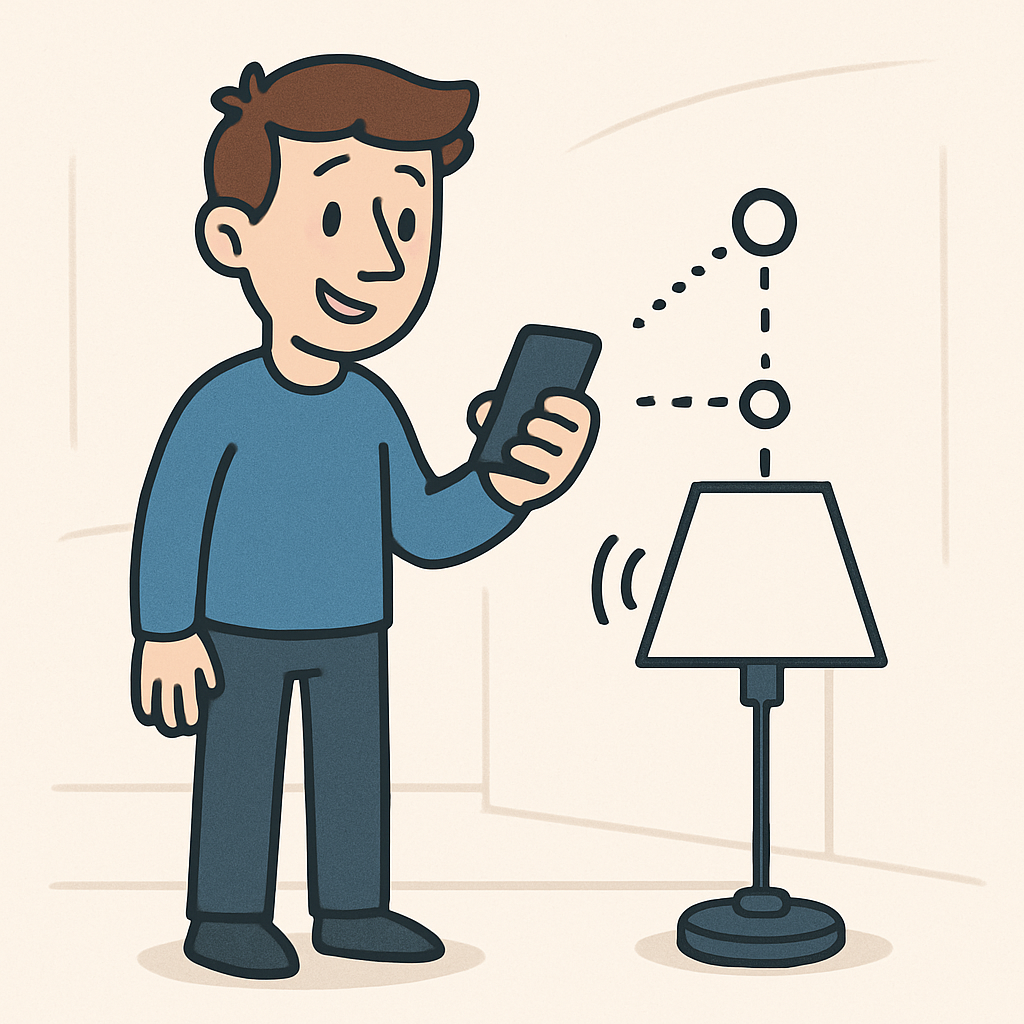 In this lesson, you will explore future trends in computing and their implications for society. As computing evolves, technologies like AI are shaping how we live, work, and interact.
In this lesson, you will explore future trends in computing and their implications for society. As computing evolves, technologies like AI are shaping how we live, work, and interact.
Here's what you'll cover:
 Computing is advancing rapidly, driven by innovations in hardware, software, and data processing. Future trends include quantum computing, edge computing, the growth of the Internet of Things (IoT), and the most transformative one, artificial intelligence (AI). These trends promise faster processing, smarter devices, and more connected societies, but they also raise important questions about privacy, jobs, and ethics.
Computing is advancing rapidly, driven by innovations in hardware, software, and data processing. Future trends include quantum computing, edge computing, the growth of the Internet of Things (IoT), and the most transformative one, artificial intelligence (AI). These trends promise faster processing, smarter devices, and more connected societies, but they also raise important questions about privacy, jobs, and ethics.
Let's explore these key trends in a bit more detail:
 Quantum computing is one of the most exciting future trends in technology, and it's quite different from the computers we use today. While traditional computers use bits that are either 0 or 1, quantum computers use something called qubits. These qubits can be in multiple states at the same time thanks to a principle from quantum physics called superposition. This means they can process a huge number of possibilities all at once, making them incredibly powerful for certain tasks.
Quantum computing is one of the most exciting future trends in technology, and it's quite different from the computers we use today. While traditional computers use bits that are either 0 or 1, quantum computers use something called qubits. These qubits can be in multiple states at the same time thanks to a principle from quantum physics called superposition. This means they can process a huge number of possibilities all at once, making them incredibly powerful for certain tasks.
Quantum computers can solve complex problems much faster than classical computers. For example, they could revolutionise fields like medicine by simulating molecules to discover new drugs, or improve cryptography by cracking codes that are currently unbreakable.
However, quantum computers are still in the early stages. They need to be kept at extremely cold temperatures to work, and they're prone to errors from something called quantum noise. Companies like Google and IBM are working on them, and in the future, they might change everything from climate modelling to artificial intelligence.
 Edge computing is a future trend that's changing how we handle data in our connected world. Instead of sending all your data to a far-away central server or cloud for processing, edge computing does the work right where the data is created – like on your smartphone, a local device, or a nearby server.
Edge computing is a future trend that's changing how we handle data in our connected world. Instead of sending all your data to a far-away central server or cloud for processing, edge computing does the work right where the data is created – like on your smartphone, a local device, or a nearby server.
This is super useful because it cuts down on delays, known as latency. Imagine self-driving cars: they need to make split-second decisions based on sensor data. If that data had to travel to a distant cloud and back, it could be too slow, leading to accidents. With edge computing, the processing happens instantly on the spot.
It's also great for things like smart cities, where traffic lights adjust in real time, or video streaming that doesn't buffer as much. However, it means we need strong security on all these edge devices to protect against hacks. As networks grow, edge computing will make everything faster and more efficient, but it also brings challenges like managing all that distributed data.
 The Internet of Things (IoT) is an exciting future trend in computing that connects everyday objects to the internet, allowing them to send and receive data. This creates a vast network of 'smart' devices that can communicate with each other and make decisions without human intervention.
The Internet of Things (IoT) is an exciting future trend in computing that connects everyday objects to the internet, allowing them to send and receive data. This creates a vast network of 'smart' devices that can communicate with each other and make decisions without human intervention.
Think of IoT as turning ordinary items into intelligent ones. For example, a smart thermostat in your home can learn your schedule and adjust the heating automatically to save energy, or a wearable fitness tracker can monitor your heart rate and send alerts to your phone if something seems off. In cities, IoT sensors can manage traffic lights to reduce congestion or monitor air quality in real time.
IoT is set to transform industries like healthcare, where devices can track patient health remotely, or agriculture, with sensors optimising water use for crops. However, with billions of connected devices, there are challenges around data privacy, as personal information could be exposed, and security risks from cyberattacks. Strong networks and ethical guidelines will be essential as IoT grows.